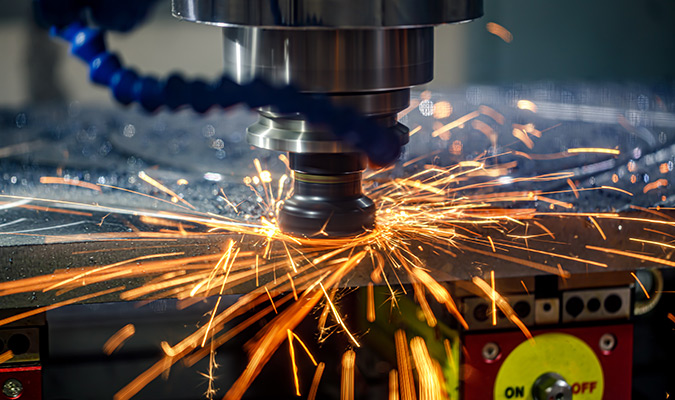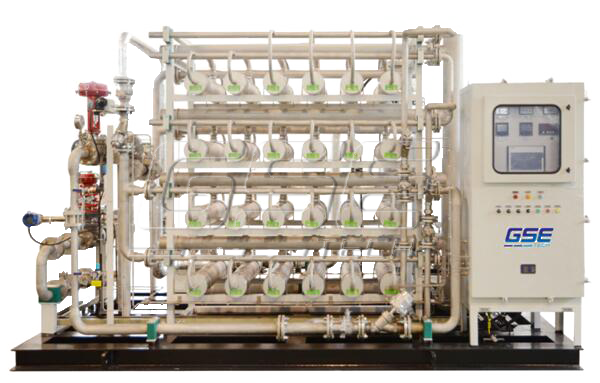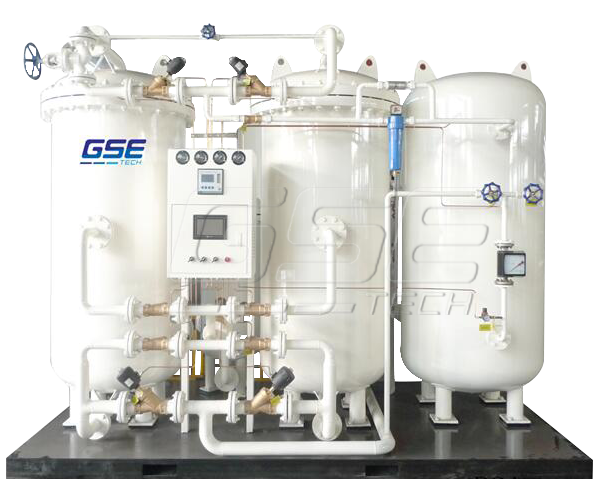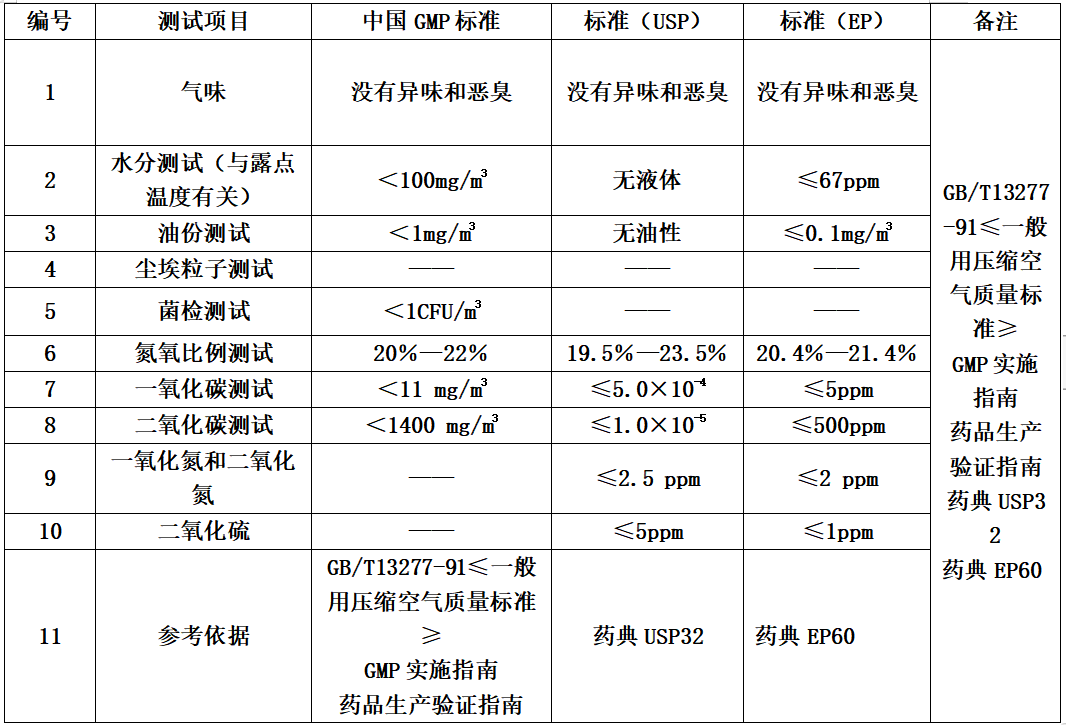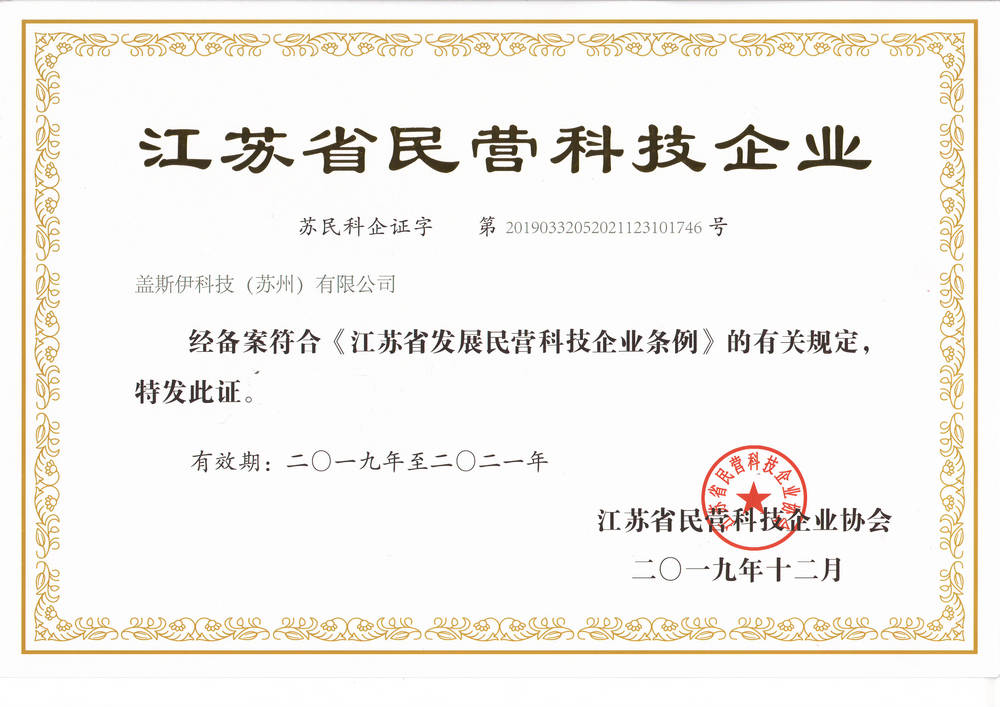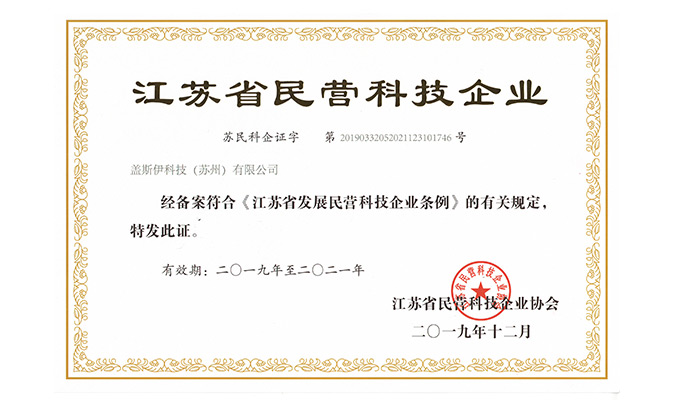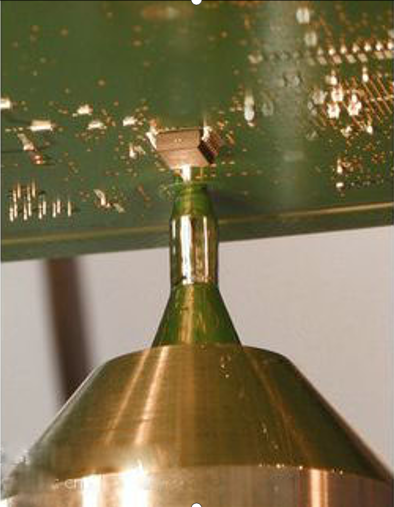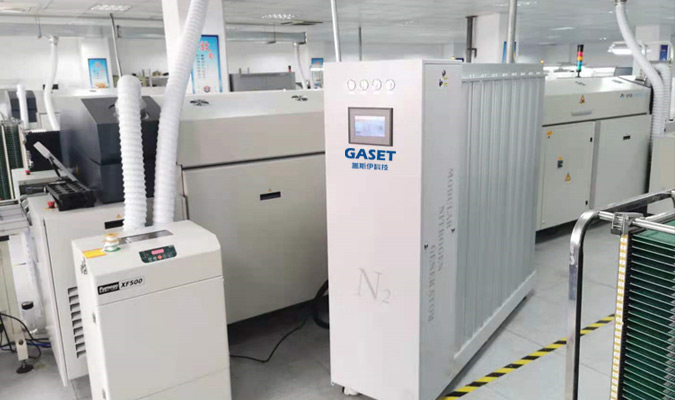GSE technology helps 3D printing industry
Release time:2019-07-01 Number of views:783
Recently, researchers have studied the effect of using nitrogen or argon as shielding gas on the final mechanical properties of 17 -4 pH stainless steel made with additives.
"Many efforts have been made to optimize and improve the mechanical properties of AM components by investigating various process parameters, scanning strategies and building orientation effects." "The introduction of shielding gas is another
An important parameter, which affects not only the thermophysical properties of manufacturing parts, but also the mechanical properties of manufacturing parts. The shielding gas is responsible for removing the active gas around the molten pool to prevent adverse effects caused by reaction with the atmosphere
Ring. When selecting a suitable shielding gas for a gas such as oxygen, various factors must be considered, such as the basic material of the gas and the molten pool and the chemical metallurgical reaction.
The effects of various shielding gases such as nitrogen, argon and helium on the behavior of carbon steel, stainless steel and aluminum alloy were studied. The research focus of the researchers is "through simulation under typical l-pbf conditions
A single track is used to simulate the thermal response of 17-4 PH SS, while considering the convective heat transfer of different shielding gases ". A numerical study was carried out to obtain the
Temperature, temperature gradient and cooling rate of manufactured parts. Microhardness test and tensile test were carried out to determine the mechanical properties of 3D printing parts under different shielding gases. The following conclusions are drawn:
1. Nitrogen atmosphere introduces slightly lower temperature and temperature gradient along the orbit, and the cooling rate is higher than that of argon atmosphere. The researchers attributed this to the high thermal conductivity of nitrogen.
2. When nitrogen is used as a shielding gas, more energy should be dissipated from the track to the environment. This is due to the higher cooling rate provided when nitrogen is used.
3. The hardness of the samples manufactured under nitrogen shielding gas is slightly higher than that of the samples manufactured under argon. This is due to the finer microstructure obtained due to the higher cooling rate provided in the nitrogen atmosphere.
4. "The hardness of HT AR / AR sample is higher than that of HT AR / N2 sample. This is because the austenitic matrix manufactured in argon atmosphere has higher precipitation hardening ability than martensitic microstructure.
The change in tensile behavior was minimal under all test conditions. However, the samples 3D printed in nitrogen atmosphere have slightly higher strength and ductility.
This study can provide valuable insights to better avoid adding defects in manufactured parts, such as porosity and lack of fusion. In particular, the manufacture of metal additives is a very accurate science, involving a large number of
To create the best conditions for 3D printing. According to the research of researchers, manufacturers may be able to change the conditions of 3D printed parts to obtain better overall components.
GSE technology is an innovative technology company, which can provide high-performance nitrogen generator for 3D printing industry to meet the nitrogen demand of the industry.
"Many efforts have been made to optimize and improve the mechanical properties of AM components by investigating various process parameters, scanning strategies and building orientation effects." "The introduction of shielding gas is another
An important parameter, which affects not only the thermophysical properties of manufacturing parts, but also the mechanical properties of manufacturing parts. The shielding gas is responsible for removing the active gas around the molten pool to prevent adverse effects caused by reaction with the atmosphere
Ring. When selecting a suitable shielding gas for a gas such as oxygen, various factors must be considered, such as the basic material of the gas and the molten pool and the chemical metallurgical reaction.
The effects of various shielding gases such as nitrogen, argon and helium on the behavior of carbon steel, stainless steel and aluminum alloy were studied. The research focus of the researchers is "through simulation under typical l-pbf conditions
A single track is used to simulate the thermal response of 17-4 PH SS, while considering the convective heat transfer of different shielding gases ". A numerical study was carried out to obtain the
Temperature, temperature gradient and cooling rate of manufactured parts. Microhardness test and tensile test were carried out to determine the mechanical properties of 3D printing parts under different shielding gases. The following conclusions are drawn:
1. Nitrogen atmosphere introduces slightly lower temperature and temperature gradient along the orbit, and the cooling rate is higher than that of argon atmosphere. The researchers attributed this to the high thermal conductivity of nitrogen.
2. When nitrogen is used as a shielding gas, more energy should be dissipated from the track to the environment. This is due to the higher cooling rate provided when nitrogen is used.
3. The hardness of the samples manufactured under nitrogen shielding gas is slightly higher than that of the samples manufactured under argon. This is due to the finer microstructure obtained due to the higher cooling rate provided in the nitrogen atmosphere.
4. "The hardness of HT AR / AR sample is higher than that of HT AR / N2 sample. This is because the austenitic matrix manufactured in argon atmosphere has higher precipitation hardening ability than martensitic microstructure.
The change in tensile behavior was minimal under all test conditions. However, the samples 3D printed in nitrogen atmosphere have slightly higher strength and ductility.
This study can provide valuable insights to better avoid adding defects in manufactured parts, such as porosity and lack of fusion. In particular, the manufacture of metal additives is a very accurate science, involving a large number of
To create the best conditions for 3D printing. According to the research of researchers, manufacturers may be able to change the conditions of 3D printed parts to obtain better overall components.
GSE technology is an innovative technology company, which can provide high-performance nitrogen generator for 3D printing industry to meet the nitrogen demand of the industry.


